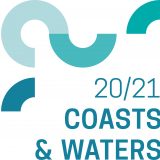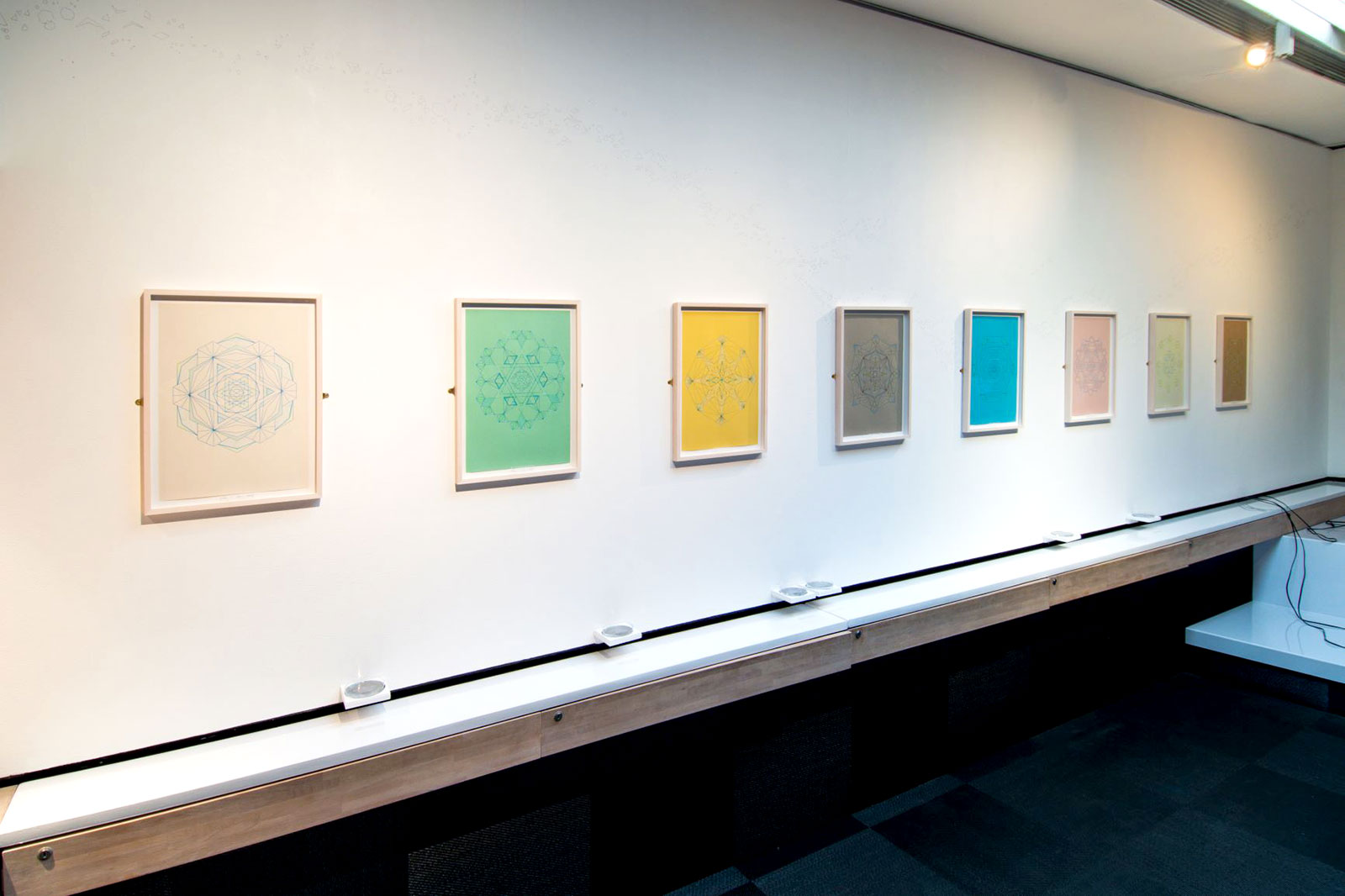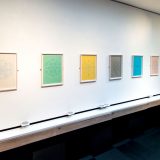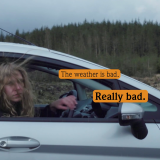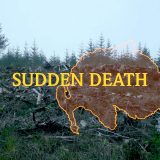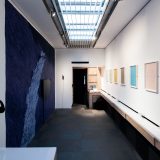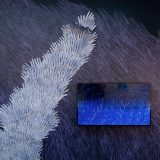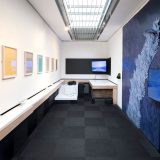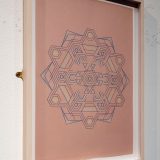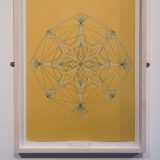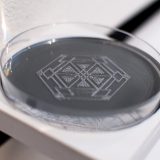Shapes of Water
2020 – 21
Suzie Eggins, Amy Gear and Rhona Mühlebach
Support from Scotland’s Year of Coasts and Waters allowed Travelling Gallery to invite three thought-provoking and exciting young artists to produce new work responding to the themes evoked by the festival. Suzie Eggins, Amy Gear and Rhona Mühlebach each brought individual perspectives to our relationship with coasts and water.
Suzie Eggins
Suzie Eggins works across drawing, printmaking and sculpture. She uses her imagination as a microscope to examine the cells and structures of our natural environment to create beautiful geometric drawings and installations. Eggins enjoys studying the tiny, temporary and trodden species and spaces that play a vital part of our ecosystems; sensitively highlighting their fragility and destruction by humans.
Eggins’ drawings and sculptural installations are created intuitively in the environment, without exact measurements. It is a slow process, almost meditative, and requires listening and reacting to the subject and place.
For Shapes of Water Eggins turned her attention to Scotland’s water and explored the idea that our thoughts and emotions can affect our environment. Going as far as to suggest that human thought and emotion could alter the molecular structure of water, a claim made by the Japanese ‘pseudoscientist’ Dr. Masaru Emoto. This concept has implications for ecological repair and renewal.
Amy Gear
Amy Gear is a mixed media artist based in Shetland. Gear characteristically uses her Shetland dialect to outline her artistic practice, using local words to describe the coast and landscape, such as Gyo meaning a long narrow inlet in the sea. It is this unique language that lends itself to Gear’s imaginative way of seeing her surroundings. Her drawings and paintings go beyond the traditional ideals of a beautiful landscape and instead explore the connections between body and land. Maybe two rocks become bum cheeks or jutting cliffs become fingers tickling the water. The strange landscapes come alive and remind us of old myths and folklore.
Amy’s commission for Shapes of Water departs from a piece of writing inspired by her Shetland grandparents describing the comfort in witnessing steely storms and angry waves; knowing that the unrest will benefit the buoyant sea life. The resulting artwork is a playful and cherished tribute to family and the sea.
Rhona Mühlebach
Rhona Mühlebach is a Swiss filmmaker based in Glasgow. Her films capture the atmospheric Scottish landscape placing intriguing narratives into the natural environment. Mühlebach spends time researching the history and ecology of a place and how it can shape a story, often playing the part of narrator and introducing exaggerated characters which can be played for both laughs and sincerity.
Mühlebach’s films are edited with multiple layers, often framing shots within shots to build and then unravel the story, sometimes interrupting a scene before its natural end. This keeps the viewer both interested and disorientated and matched with Mühlebach’s musical score create a brilliantly surreal experience.
For Shapes of Water, Mühlebach has made a stylish crime thriller set in Galloway Forrest Park and investigating Sudden Oak Death which can be transmitted by rainwater and carried via rivers and streams.
During 2021 we received additional funding from Scotland’s Year of Coasts and Waters to commission film-maker Emma Bowen to make a film documenting Water Patterns, an exciting learning project linked to the Shapes of Water exhibition.
The project involved working both remotely and in person with our partners, and the film created a lasting legacy of the resulting artwork which brought together all the individual pieces from our various collaborators across Scotland. Emma explained how the artworks were combined in the final installation:
Once built, the shapes were connected in a branch-like form, which hung inside each buoy. It was important that the built structures actively engaged with nature. Like a plant or a landscape, in constant flux. I used simple materials that were close to hand; rubber balls, tent rods and inner tubes. By reframing and repurposing these, I tried to develop a dialogue and awareness of contemporary environmental cultural practice.
Thank you very much to our partners and their creative communities; East Renfrewshire Culture and Leisure, Lochwinnoch Arts Festival, North Lanarkshire Visual Arts, Thurso Community Cafe, Orkney Young Carers, Edinburgh community art projects and from primary pupils in South Ayrshire; we couldn’t have done it without you.
